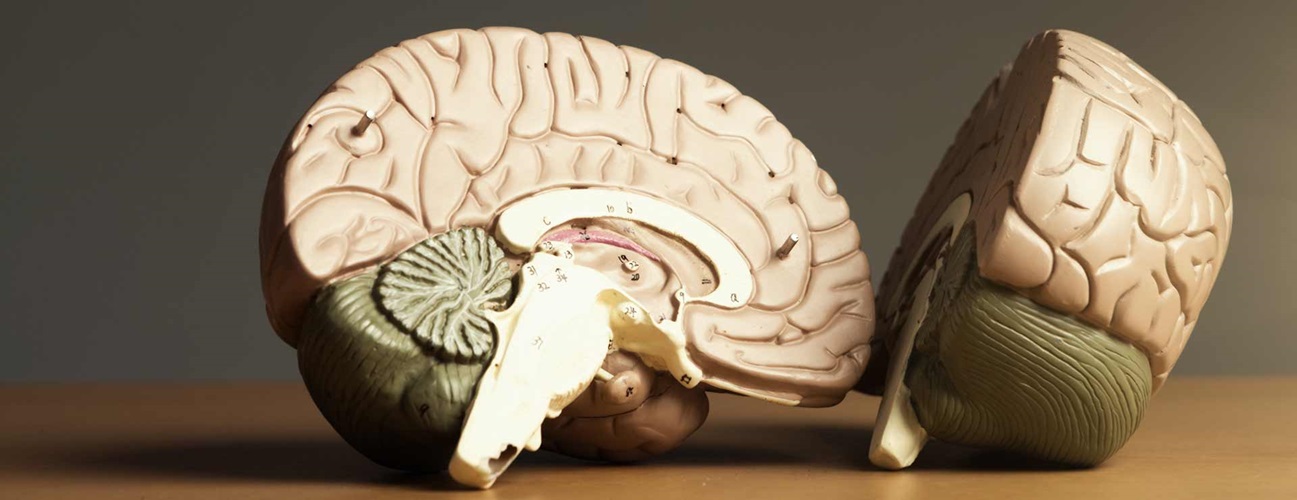Reference




Reference




OpenAI's Answer
Prion diseases, or transmissible spongiform encephalopathies (TSEs), are considered fatal and incurable due to several factors detailed in various sources:
Nature of Prions
Prions are misfolded proteins that can induce other normal proteins in the brain to misfold. This abnormal folding results in a chain reaction that leads to widespread brain damage. Unlike bacteria or viruses, prions do not contain nucleic acids (DNA or RNA), making them resilient and difficult to target with treatments (NIAID).
Lack of Immune Response
The immune system does not recognize prions as foreign invaders because they are derived from normal body proteins. This lack of recognition prevents the immune system from attacking them, allowing prions to proliferate unchecked (Montefiore Einstein Neuroscience Center).
Progressive Neurodegeneration
Prions cause the brain tissue to develop holes, giving it a sponge-like texture. This leads to severe neurological symptoms, including loss of coordination, memory failure, and behavioral changes, ultimately resulting in death (Merck Manuals).
Absence of Effective Treatments
There are no current treatments that can effectively cure prion diseases. Research in this area is ongoing, but the unique and resistant nature of prions makes finding a cure extremely challenging. Current approaches focus more on symptom management rather than curing the disease (CDC).
Rapid and Inevitable Progression
Once symptoms appear, prion diseases progress rapidly, and the damage to the brain is irreversible. Treatments are primarily aimed at alleviating symptoms and providing supportive care, rather than curing the disease. Most individuals with prion diseases die within months to a few years after symptoms appear (Cleveland Clinic).
Ongoing Research
Several studies and institutes like the Broad Institute are exploring potential treatments, including gene-silencing tools, to manage the progression of prion diseases. However, these are still in experimental stages and not widely available.
Relevant Images and Visuals
These insights highlight why prion diseases are fatal and incurable, demonstrating both the complexity and resilience of prions as well as the challenges faced in medical research to combat these diseases.
Follow Up
Related
Question 2 [50 marks] Case Study 2: Mike’s General Dealer Mike Rush and his family own a General D
What historical event does Neda Ulaby reference in the NPR piece from May 2008?
CHAPTER 2 - Literature Review 2.1. Introduction This chapter undertakes a review of literature to
What does liquidity at risk consider when assessing a country's liquidity position?
WHO IS JOSE RIZAL?